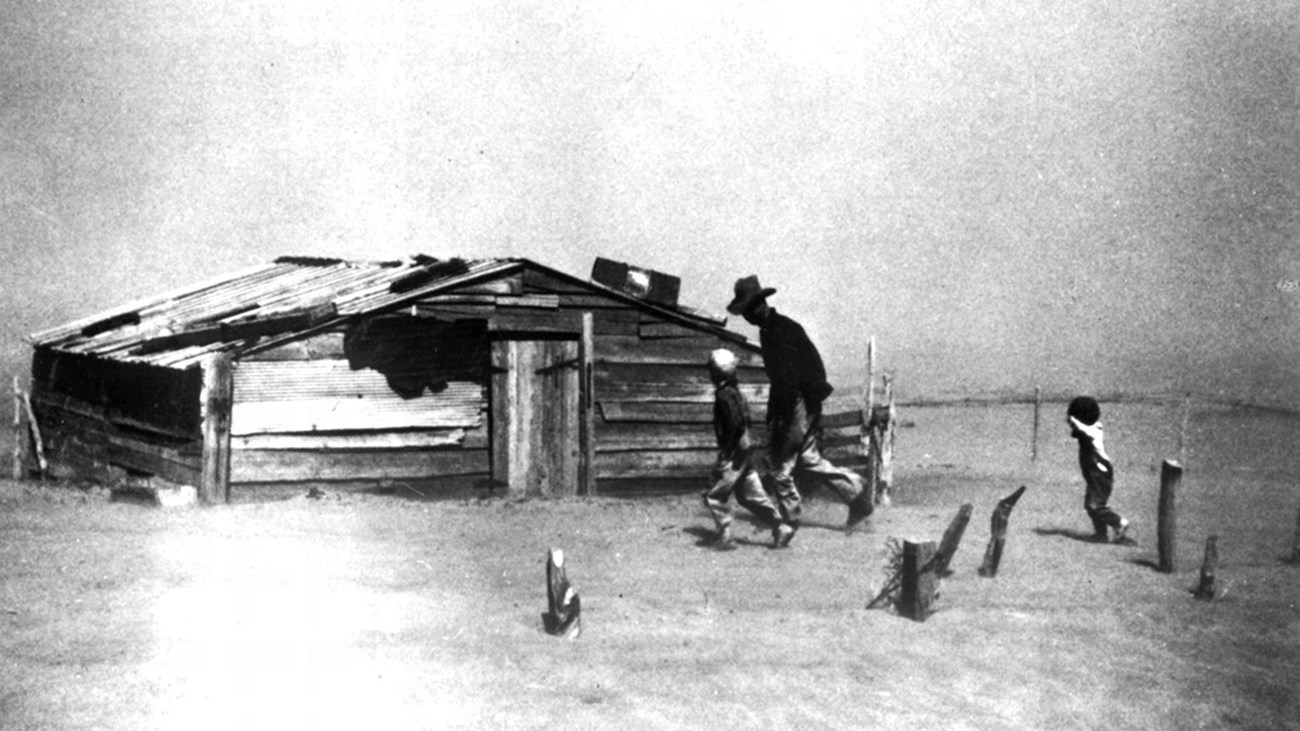The Homestead Act of 1862 was one of the most significant and enduring events in the westward expansion of the United States. It was a revolutionary concept for distributing public land. By granting 160 acres of free land to claimants, it allowed nearly any man or woman the opportunity to own land. Millions of people filed claims including, families, immigrants, single women, and formerly enslaved people.
Over 10 percent of the United States, or 270 million acres, was homesteaded! The land, long inhabited by indigenous cultures, changed forever. Homesteaders created settlements and farms, drove industrial advancement, and built the nation chasing the American Dream. For over a century, homesteaders would test their grit and endurance to own land in their name. Repercussions of this monumental piece of legislation can be detected throughout the United States of America today.
Homestead National Historical Park, located in Southeast Nebraska, commemorates this Act and the far-reaching effects it had upon the landscape and people.
It is the purpose of our government "to elevate the condition of men, to lift artificial burdens from all shoulders and to give everyone an unfettered start and a fair chance in the race of life."
- President Abraham Lincoln, July 4, 1861
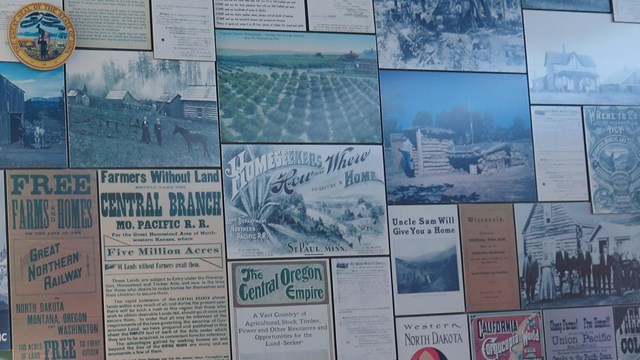
Homestead Act
Learn why the Homestead Act of 1862 has been called one of the most important pieces of Legislation in the history of the United States.
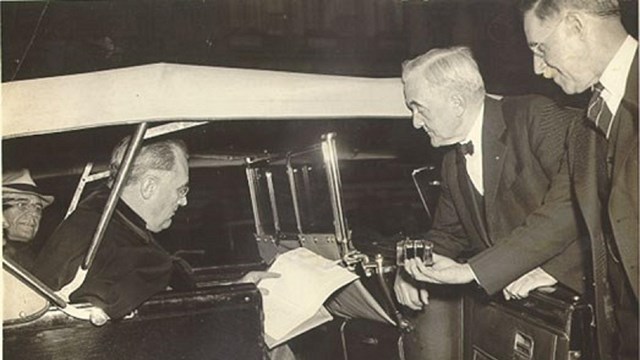
Park History
Learn about the history of Homestead National Historical Park from 1936 to today.
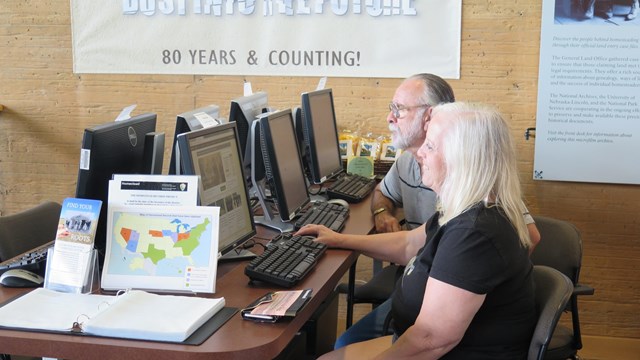
Research
Research is conducted by Homestead National Historical Park to better understand and share stories of the homesteading experience.
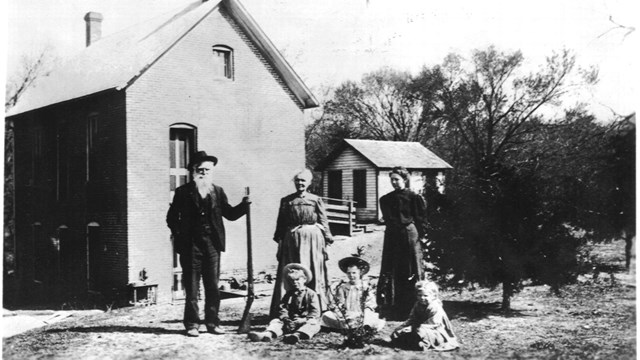
People
Nearly 4 million homesteaders settled our country over 123 years, across 30 states. Learn a bit about their stories.
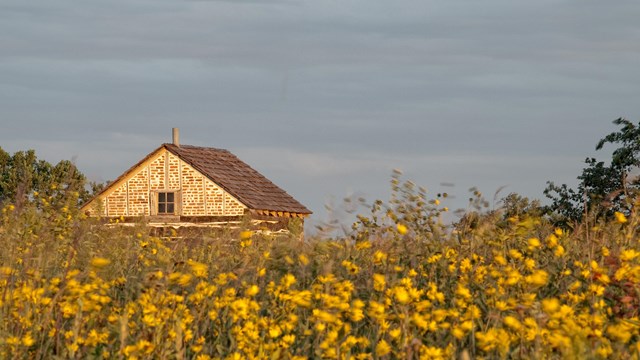
Places
Learn about places to visit within the park and about the history of homesteads around the country.
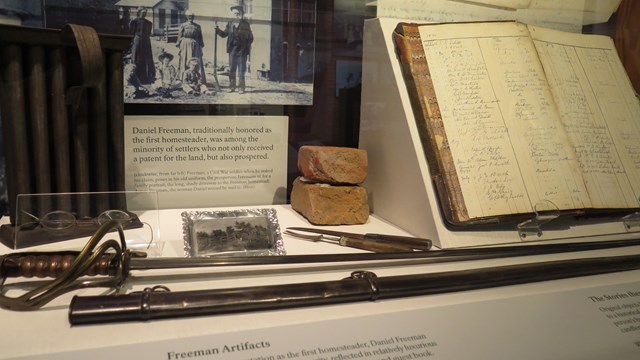
Museum Collection
The museum collection includes historical items, archaeological artifacts, biological specimens, and archival records.
The Homestead Act & Its Impacts
Showing results 1-10 of 170
Loading results...
In 1879, Steward submitted homesteadapplication number 9952at the Huntsville, Alabamalandoffice, requesting a patent for160and19/100 acres of land atthesouthwest quadrantof Section 14, Township3S, Range 6E in JacksonCounty, Alabama.  In 1921, Otero-Warren ran for federal office, campaigning to be the Republican Party nominee for New Mexico to the US House of Representatives. She won the nomination, but lost the election by less than nine percent. She remained politically and socially active, and served as the Chairman of New Mexico’s Board of Health; an executive board member of the American Red Cross; and director of an adult literacy program in New Mexico for the Works Projects Administration.  Born December 7, 1873, in Virginia, Willela Sibert Cather grew up on the dusty plains of Red Cloud, Nebraska. Her life took her across the country, and she would become one of the premiere American authors of the 1900s.  Fannie Quigley is one of Denali's most celebrated historic figures, having arrived in the early 1900's gold rush to Kantishna, and making it her home until her death in 1944. Her childhood in Nebraska helped prepared her for life on the Alaskan frontier. 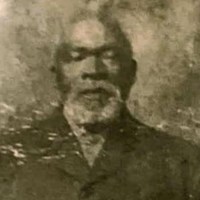 Ephram Smith, Jr.'s Homestead application # 25026 was recorded on December 11, 1890, in the Register of Land Office by J.H. Bingham. According to his land entry papers, his homestead was located in the SE¼ of NE ¼ of Section 14, S ½ of NW ¼, NE ¼ of SW ¼ of Section 13, Township 3N of Range 20E in Coffee County, AL. His homestead consisted of 138.57 acres. The required filing fee of $13.50 was also recorded on December 11, 1890, at the Receiver’s Office.  M.J. Barlow married Annie McLendon on 27 May 1893 in Clarke County, Mississippi. Annie, born in March 1878 in Mississippi, was the daughter of homesteader Alfred McLendon, and his wife, Roseanna Porter (a.k.a. Cooley). In the 1900 census, M.J. Barlow is a minister, and his wife Annie is a farmer. Both are identified as renting farmland in Shubuta, Clarke, MS, and both are literate. They have three children, and the oldest one attends school and can read. 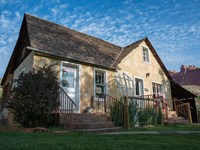 The Gifford House lies in the heart of the Fruita valley and depicts the typical spartan nature of rural Utah farm homes of the early 1900s. Today, the home is open seasonally, as a small sales outlet. 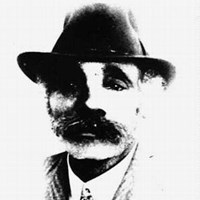 As an early settler, Zachariah T. Fletcher was instrumental in the development of Nicodemus. He opened a general store, the town’s first business, in the fall of 1877 and opened Nicodemus’s first post office, operating as its first postmaster. Z. T. Fletcher and his family were heavily involved in several aspects of the community including education, businesses, and local politics. Clem Horn was born enslaved in Georgia in 1825. After emancipation, he moved across the Chattahoochee River into Henry County, Alabama. Horn filed Homestead Application# 14524 for 160.4 acres of land in Coffee County, Alabama on August 11th, 1883 and received his land patent certificate # 7508 on June 8th, 1891. Charles Page was a veteran and Black homesteader who went west with the Exoduster movement. He homesteaded in the Black colony of Nicodemus, Kansas. He proved up and acquired the patent to his land in June 1887. Between proving up and receiving his patent he moved to Atchison, Kansas. There he made a name for himself and became wealthy working as a houseman.
|






